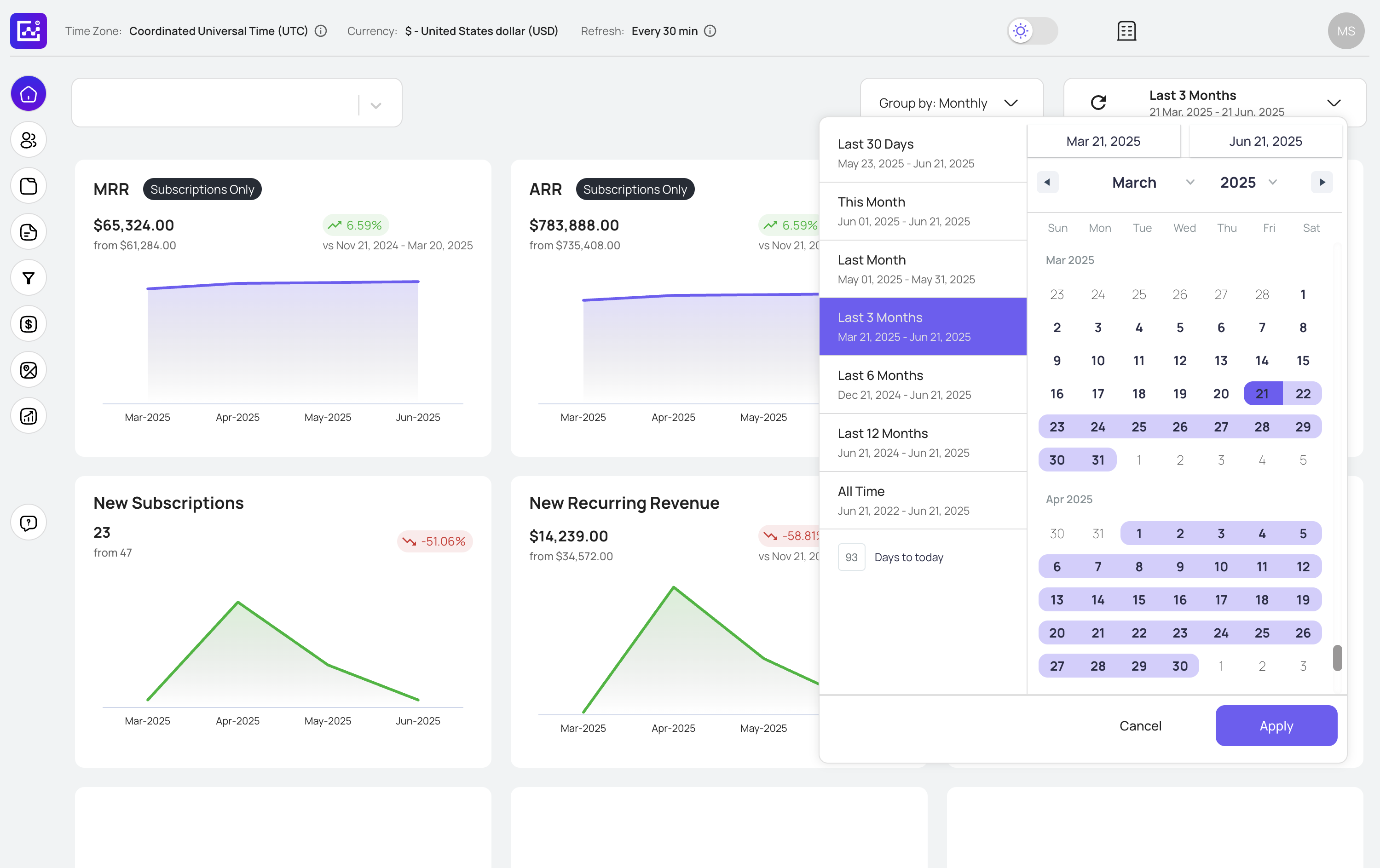Magic Number Impact Visualization
See how your Magic Number translates into ARR growth over time. Watch how efficient sales and marketing spend compounds into predictable revenue expansion.
This visual representation shows you what consistent efficiency looks like in practice, turning abstract metrics into concrete revenue projections you can plan around.


